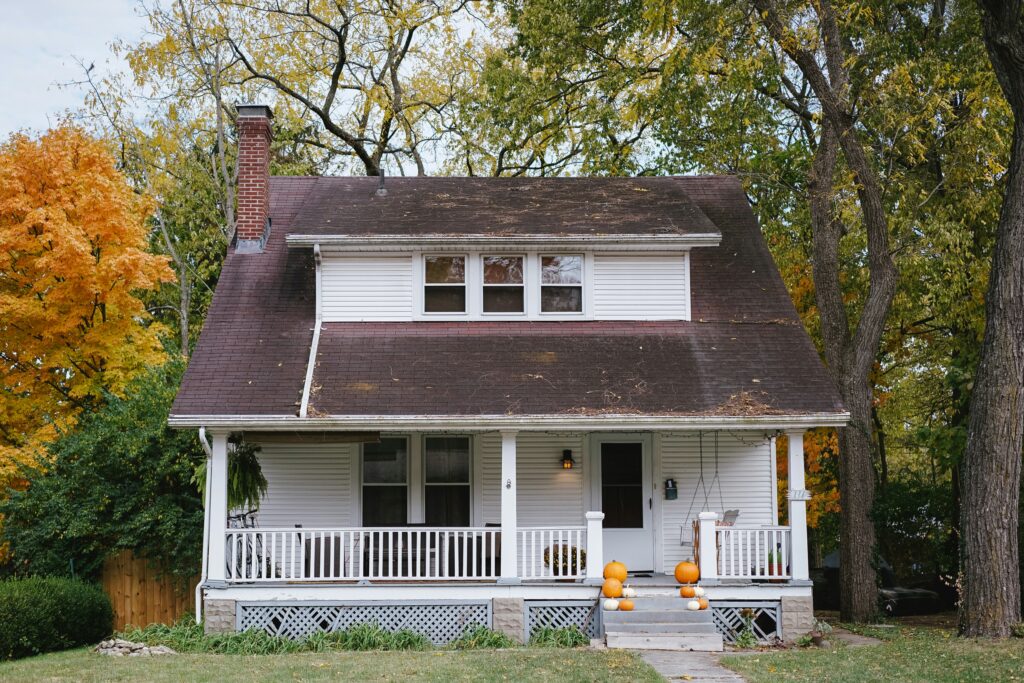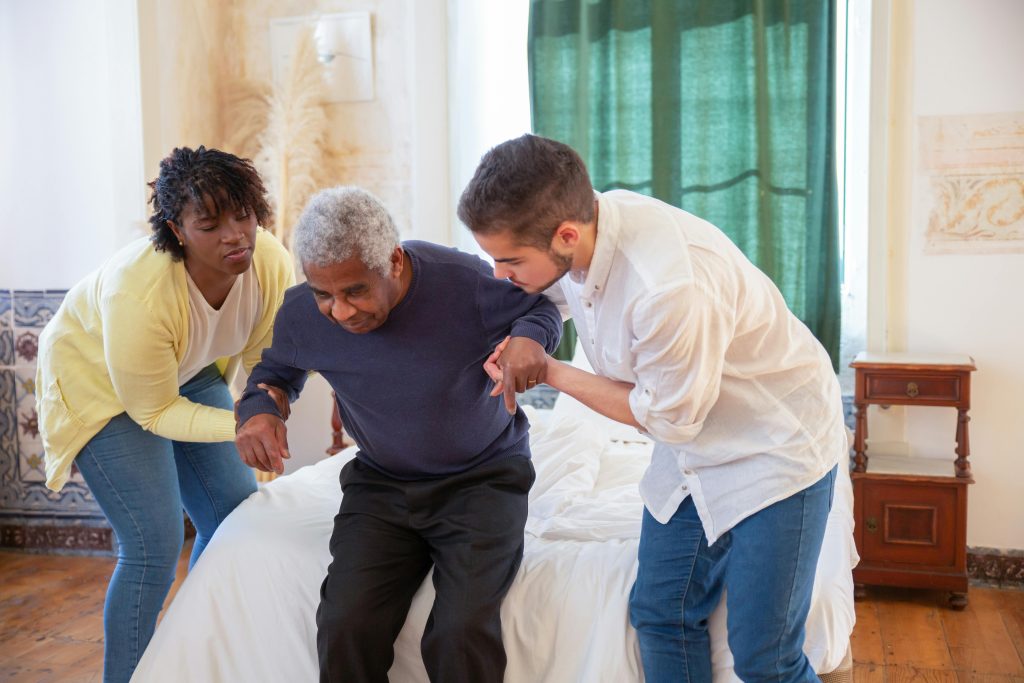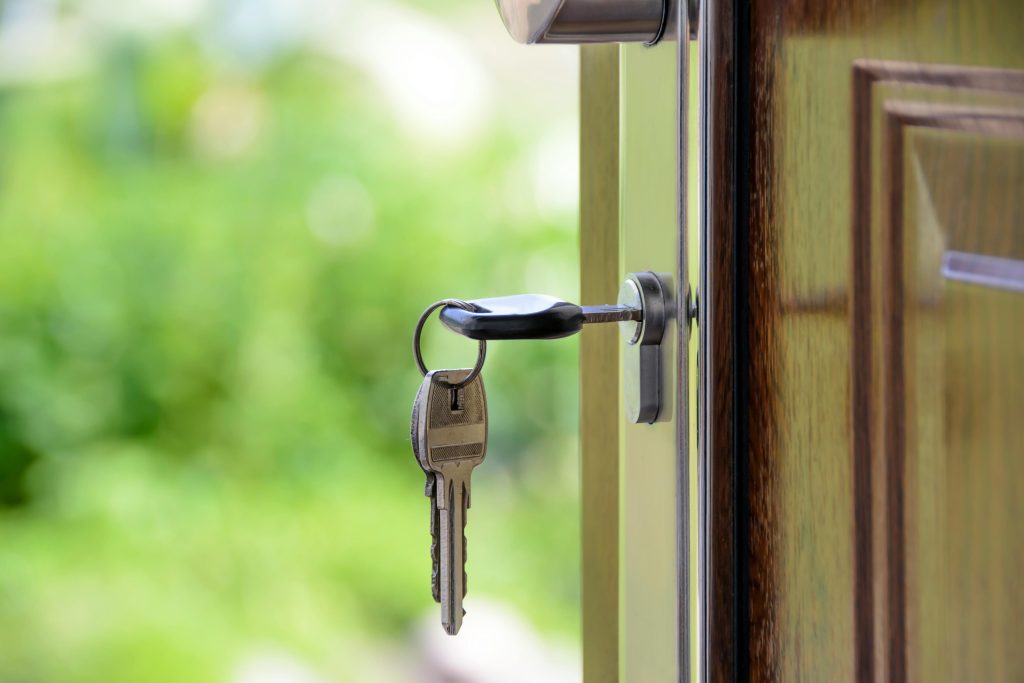Inheriting a home can feel like a blessing… until the tax bill shows up.
Capital Gains Tax (CGT) is one of the biggest financial gotchas when it comes to inherited properties. But there’s good news:
You can reduce — or completely avoid — CGT by making the property your main residence.
The question is: How long do you need to live in it? And what else do you need to do to qualify?
Let’s break it all down.
First: What Triggers CGT on Inherited Property?
When you sell a home you’ve inherited, CGT kicks in if the sale price is higher than the probate value — aka the market value at the time you inherited it.
Here’s the simple CGT formula:
Sale Price – Probate Value – Allowable Deductions = Capital Gain
Allowable deductions include things like:
-
Estate agent and solicitor fees
-
Costs for capital improvements (like a new kitchen or extension)
Example:
If you inherit a house worth £250,000 and sell it a year later for £270,000, your gain is £20,000 — minus any selling costs or improvement expenses.
2025/26 CGT Rates for Residential Property
If you do end up owing CGT, here’s what you’ll pay:
-
18% if you’re a basic rate taxpayer (income below £50,270)
-
24% if you’re a higher/additional rate taxpayer (income above £50,270)
You’ll also get a £3,000 CGT allowance per person (or £6,000 total if you co-own with a spouse/partner). Gains up to that amount? Tax-free.
Inheritance Tax vs. Capital Gains Tax
They sound similar. But they’re totally different.
-
Inheritance Tax (IHT): 40% on estates over £325,000, paid by the estate before you inherit.
-
Capital Gains Tax (CGT): Only applies if and when you sell the inherited home for a profit.
So you won’t pay both taxes on the same value. IHT hits the value at death. CGT hits any gain after that point.
Learn more about avoiding inheritance tax here.
So… How Long Do You Need to Live in It to Avoid CGT?
There’s no magic number in UK law.
But if you want to qualify for Private Residence Relief (PRR) — the key CGT exemption — you need to make the property your genuine main home.
HMRC suggests at least one year of living there. But in practice?
Two years is safer.
And it’s not just about time. It’s about evidence.
To prove genuine residency:
-
Register to vote at that address
-
Pay council tax and utilities from it
-
Receive post there
-
Use it as your main address for tax, banking, NHS, etc.
-
Keep your personal belongings there
HMRC wants to see that you truly lived there — not just changed your paperwork.
If You Own Multiple Properties…
Timing becomes critical.
If you have more than one property (say, your old home and the inherited one), you must tell HMRC which one is your main residence — and you have just two years to do it.
Miss that window? HMRC will decide for you based on where you actually live. Not ideal.
Pro tip:
Make the declaration early and back it up with all the evidence we just talked about — bills, registrations, usage patterns.
What Counts as “Main Residence” for PRR?
To lock in Private Residence Relief (PRR), you don’t need to live there forever.
Just long enough to prove that it really was your home at some point.
Here’s how PRR works:
-
You get full CGT relief for the period you lived in the property
-
PLUS: The final 9 months of ownership — even if you moved out
So, for example:
-
You inherit a home, live in it for 18 months, then rent it out for 1 year before selling
-
You’d get PRR for those 18 months plus the last 9 months
That’s 27 months of CGT relief. And it can seriously shrink your tax bill.
What If You Rent Out the Property?
This is where things get interesting.
If you rent the house without ever living in it, you’ll owe CGT on the full gain (minus your personal allowance and expenses).
But if you first live there — even for a while — and then rent it out?
You might qualify for Letting Relief on top of PRR.
Letting Relief Could Slash Your Tax by £40,000
Here’s the catch:
-
Letting Relief only applies if the home was once your main residence
-
And it only applies to the gain made during the rental period that overlaps with PRR
So again, living in the house first is the key to unlocking this extra tax relief.
Summary: How to Avoid or Reduce CGT on Inherited Property
Let’s recap the top strategies:
1. Make it your main residence
Live there. Register everything there. Make it your real home. Then when you sell, claim PRR to reduce or eliminate CGT.
2. Sell it soon after inheriting
Because CGT is based on gains above the probate value, selling quickly (before value increases) often means zero or very little tax.
3. Use your CGT allowance
In 2025/26, you get £3,000 CGT-free per person. Sell jointly? That’s £6,000 tax-free.
4. Deduct improvement costs
Major upgrades like loft conversions, extensions, or rewiring count. Routine maintenance? Not so much.
5. Transfer it to a spouse (if it helps)
Spouse-to-spouse transfers are tax-neutral. This can be a smart move if one partner is in a lower CGT bracket.
Need to Sell Fast? Property Rescue Can Help
If you’re inheriting a property and just want a quick, clean sale — before value increases and CGT kicks in — there’s another option:
Property Rescue.
They’ll buy your inherited home directly, giving you:
-
A guaranteed sale
-
Contracts exchanged in as little as 48 hours (or time frame of your choice)
-
No legal fees — we cover everything
-
Zero estate agent hassle
This route isn’t about squeezing every last pound from the sale.
It’s about certainty, speed, and avoiding a CGT headache before it starts.
Especially useful if:
-
The property needs repairs you can’t afford
-
You live far away and don’t want to manage a sale
-
You’re dealing with the emotional weight of a recent loss
Property Rescue lets you move on quickly — with a tax-friendly outcome.
Final Word
Avoiding Capital Gains Tax on an inherited property isn’t just about timing.
It’s about strategy, while playing by the rules.
And don’t even think about simply not declaring your CGT. There can be serious consequences.
Whether you live in it, rent it, or sell it fast — understanding how PRR and CGT rules work puts you in control. And could save you thousands in the process.
Your action plan:
-
Decide whether to keep, sell, or rent the property
-
If keeping: strongly consider living there first
-
Document everything to prove main residence status
-
Use tax-free allowances and allowable deductions
-
Get expert help if needed — especially for fast sales or joint ownership
Want to make sure you’re doing it right? Talk to a property tax advisor or CGT specialist.
Knowledge = savings. And now you’ve got both.









